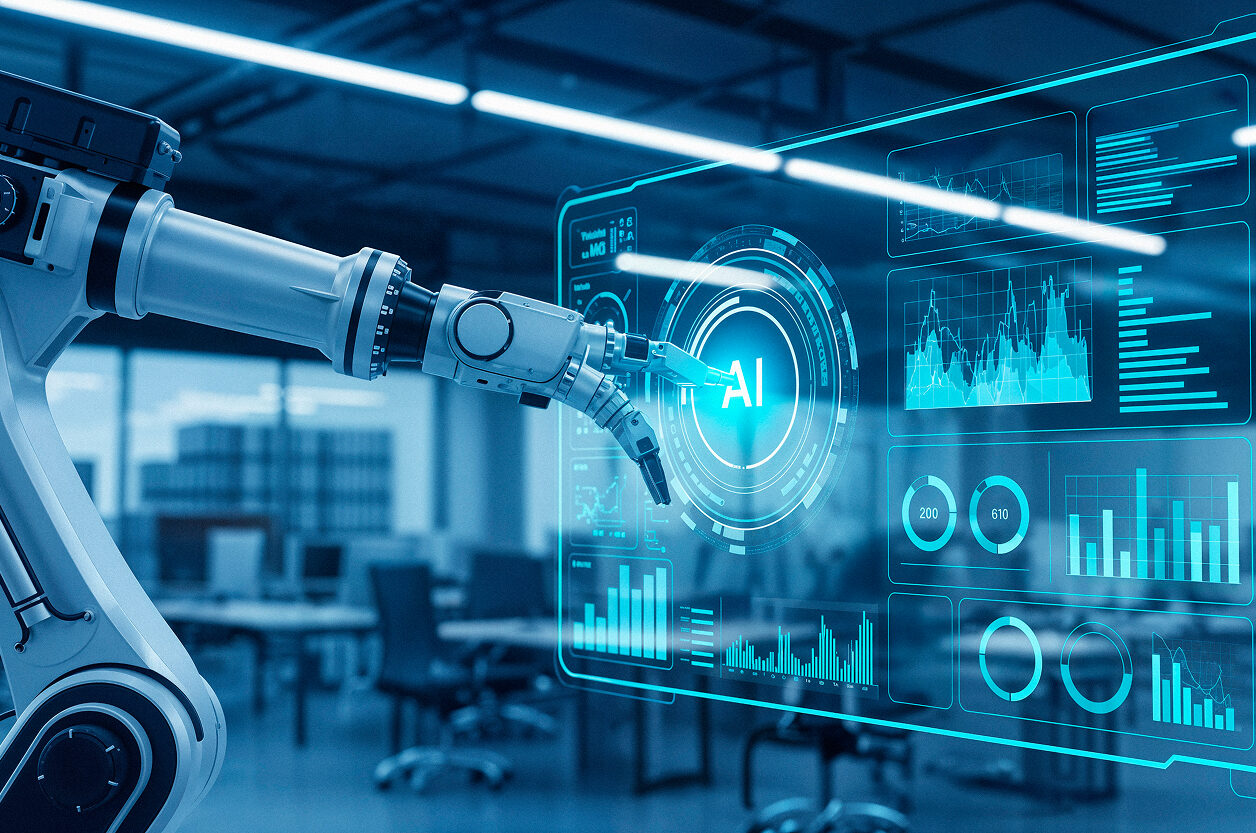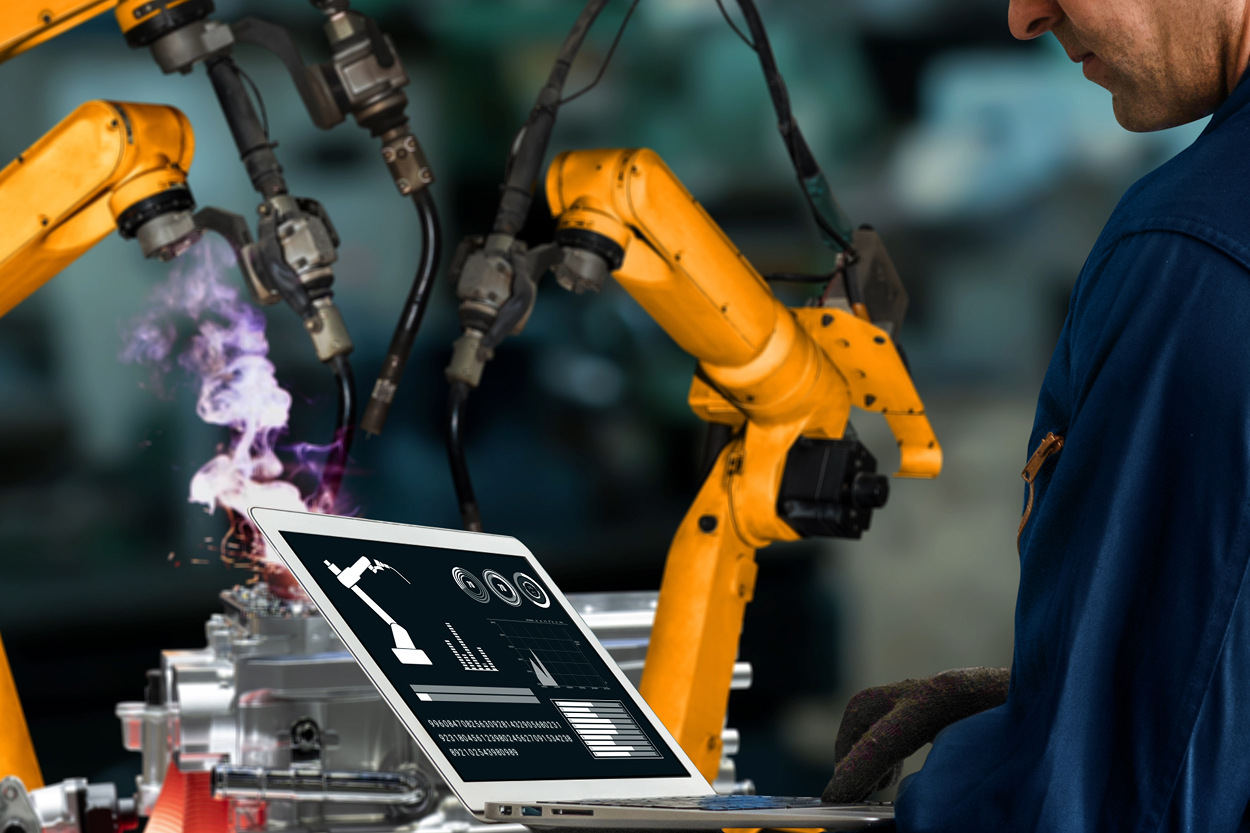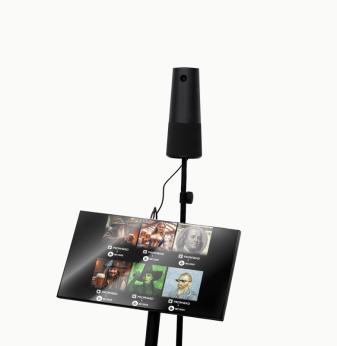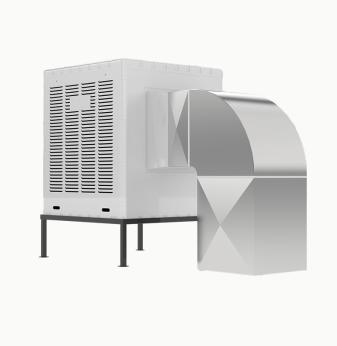Edge AI Is Redefining Quality Control in Industrial Automation

The shift from traditional quality control to Edge AI
Quality control used to be an end-of-line ritual. Products rolled off the line, inspectors sampled a handful, and the rest shipped on faith. That approach worked when designs were simpler, tolerances were looser, and markets were more forgiving. Today, the stakes are higher. Components are smaller, assemblies are denser, and customers notice everything. The old model catches problems late, when scrap and rework are expensive, and the root cause is already buried under hours of production history.
Edge AI flips the timing. Instead of sending video or sensor data to a distant server and waiting for an answer, the analysis happens right next to the camera, the robot, or the station that can act on it. The result is not a theoretical improvement; it’s concrete time recovered. A vision model running on an edge device can flag a misbonded wire or a misaligned cap within a fraction of a second, while the part is still under the nozzle or before it reaches sealing. That immediacy is the difference between a slight adjustment and a full batch being quarantined.
The practical reason this works is simple physics and systems engineering. Moving bits across a network adds delay; moving them across a plant backbone adds more; shipping them to a cloud region adds even more. Compressing, encrypting, and buffering each introduce their own overhead. Edge AI eliminates most of those hops and buffers. It also eliminates the need to backhaul terabytes of imagery just to find a handful of defects. Instead, the factory keeps decisions local, shares only structured results or short clips when necessary, and preserves bandwidth for what actually matters.
This isn’t only about speed. It’s also about attention. Traditional rule-based vision struggles with messy reality: varying lighting, slight part rotations, small scratches that look like defects but aren’t. Learning-based inspection models trained on your actual parts can generalize better across these quirks. They don’t replace good engineering practice; they give it sharper eyes. In a high-mix electronics line, for example, the same camera and edge box can switch between product variants with a new model profile in seconds. In a beverage plant, the system can check fill level, cap presence, label skew, and date-code legibility without adding stations.
There is a cultural shift too. Quality teams stop being the team that says “no” at the end and become the team that teaches the line to say “yes” earlier. Operators no longer wait for the daily report to find out something drifted overnight. Maintenance doesn’t wait for a breakdown to learn a bearing has been singing for days. Edge AI gives each role the feedback it needs in the time frame it can actually use.

Architecture of an Edge AI inspection stack
On paper, Edge AI looks like a single box with a camera plugged in. In practice, the stack is layered, and each layer matters for reliability.
Start with acquisition. Cameras must match the physics of the defect you want to see: resolution for tiny features, global shutter for motion, the right wavelength for the material, polarized filters for glare, sometimes a 3D profile where 2D texture alone won’t do. Lighting is as important as the lens; stable, repeatable illumination removes half of what confuses a model. Triggers and encoders keep frames synchronized with motion so that what you analyze corresponds to a precise point on the conveyor or a specific tool position.
Next is the edge compute. This can be a compact industrial PC with an embedded GPU, an SoC with a neural accelerator, or an FPGA for hard real-time pipelines. The choice depends on latency budgets, environment, and maintenance philosophy. GPUs bring flexibility and strong support for common frameworks. FPGAs shine when you need deterministic microsecond-level latency, when power is tight, or when you want to fuse classical image processing with inference in one streaming pipeline. Many teams use a hybrid: FPGA pre-processing to denoise, rectify, and crop at wire speed, then hand a smaller tensor to a neural engine for classification or segmentation.
The model layer sits above. Most factories don’t start with a giant dataset. They start with a few hundred good samples, a handful of known bads, and a willingness to iterate. Transfer learning and data augmentation help a lot. For surface inspection, compact CNNs or lightweight transformers can deliver robust performance once you teach them what “acceptable variation” looks like. For structured parts, keypoint models can measure geometry more reliably than trying to infer everything from a mask. For anomaly detection in high-mix, low-defect processes, one-class models trained on good parts flag the weird stuff without you naming every possible flaw.
Then comes orchestration. An edge device is not a server with a DevOps shepherd at its side. It lives on a line, under a machine, in a cabinet, and it needs to keep working. Model rollout must be safe and reversible. Versioning must be visible to quality and production. If a new model profile under-flags, the system should fail safe: alarm, escalate, fall back to a last-known-good profile, and ask for help. Logging must be rich enough to reconstruct what happened without drowning the network in pixels. When a line has dozens of stations, a central console to see health, drift, and update status is not optional.
Integration is the final mile. Quality decisions must travel to the systems that act: PLCs to reject or divert, HMIs to guide an operator, MES to log disposition and traceability, maintenance to raise a work order. The edge device speaks the plant’s language—discrete I/O for hard interlocks, fieldbus for deterministic control, and REST or message queues for IT systems. That means agreeing on what a “defect” means in data: class, location, confidence, image slice, and a human-readable note so a night shift can do something useful when the alarm sounds.
What this changes on the factory floor
When Edge AI arrives, three things happen quickly. First, the time between an error and a correction collapses. A capping station that drifts every few thousand bottles no longer ruins a pallet before anyone notices. The model flags a trend after a handful of borderline cases, the line nudges a setpoint, and production continues. A solder jet that starts to spiderweb under heat no longer waits for end-of-line X-ray to reveal cold joints; the microscope camera and edge model call it out as soon as the pattern emerges.
Second, the noise in quality conversations drops. It’s not that humans are wrong; it’s that humans are variable. One inspector is stricter than another; one shift sees glare the other shift doesn’t. A trained model applies the same criteria at 8 a.m. and 8 p.m. If the criteria change, you change the model and document the decision. Disputes move from “I think” to “we taught it this way—shall we tighten it?”
Third, the data trail gets denser and more useful. Instead of a checkbox that says “passed”, you have a labeled mask showing where a scratch was and how severe. Instead of a tally of rejects, you have a timeline of slight skew increases correlated with a tool’s cycles since last maintenance. That trail fuels better root cause analysis. It also feeds upstream improvements in design for manufacturability. Engineers see the geometric features that cause marginal cases and can tweak tolerances or change a chamfer that the camera always hates.
The economic side is straightforward. Scrap and rework shrink because errors don’t propagate. Changeover time improves because you swap profiles, not fixtures. Training a new operator focuses on exception handling rather than subjective judgment. Warranty returns decrease because fewer borderline units leave the plant. The capital line item is not trivial—cameras, lighting, compute, integration, and model work all cost money—but the payback is measured in avoided batches, steadier throughput, and calmer audits.
Edge AI also enables quality where it was impractical before. Some processes run so quickly that sampling was the only option. Others are so remote—think a press line in one building and the lab in another—that real-time feedback was never possible. With an edge device in the cabinet, that feedback becomes a line-side feature. In continuous processes, such as extrusion or web handling, models can watch for surface chatter and transient defects that a human would miss; then the controller can tweak speed or tension before the flaw becomes a roll-wide defect.
There are honest frictions. Data curation takes time, and someone must own it. Lighting changes between winter and summer; camera mounts vibrate and need to be checked; lenses gather dust. Models drift, and a robust process is needed to notice and retrain. IT and OT boundaries must be respected: quality data belongs in the right places with the right access controls. Cybersecurity is not an add-on; if an edge device can command a reject gate, it must boot securely, authenticate updates, and keep its secrets safe.
Still, the net effect is that the line feels calmer. Operators trust what they see on the screen. Supervisors trust the metrics. Engineering trusts the trail. The system earns that trust by being predictable and by being designed to fail in safe, visible ways.
Implementation playbook and long-tail questions
If you’re standing up your first Edge AI inspection, resist the urge to boil the ocean. Pick a defect that hurts—expensive scrap, frequent nuisance alarms, or a customer complaint that won’t go away. Make sure the physics of the defect can be seen by a camera or a sensor you can deploy. If not, fix the physics first; no model will invent signal from nothing.
Collect your baseline. Shoot clean, varied imagery of good parts across shifts, lots, and small variations. Capture a representative set of bads—even if you have to simulate a few—so you don’t overfit to a single example. Label carefully. Decide what constitutes pass, rework, and scrap, and write that down so the labelers agree.
Prototype on a single station. Do it end-to-end: camera, lighting, trigger, edge device, model, decision, interlock, and logging. Keep the line-side UI boring and reliable. Show the operator the decision and a small crop where the model thinks the issue is. Add a button for manual override with a reason, and log those overrides so you can learn from them. Don’t hide the confidence score; teach the team what it means and where you’ve drawn the line.
Integrate with your systems thoughtfully. A reject needs a place to go, both physically and in your data. The PLC needs a bit to act on; the MES needs a record to tie to a serial number or a lot; maintenance needs to see patterns. Keep interfaces simple and well documented. A short JSON payload with timestamps, class, confidence, and coordinates travels better than a raw frame every time something looks odd.
Plan the lifecycle. Models will change; bake that into your process. Use version numbers; keep a rollback path; require sign-off for tightening or loosening criteria. Schedule periodic checks of lens cleanliness, mount stability, and light output; build these into your TPM or 5S routines so quality doesn’t depend on a champion remembering.
Expect some surprises. A model that looks great offline might stumble on line because of a reflection you didn’t see or a vibration you didn’t measure. That’s normal. Fix the optics, tame the noise, crop the region of interest, retrain with a few hard negatives, and iterate. Success is not the absence of iteration; it’s having a team and a workflow that can iterate without drama.
To help frame evaluation and planning, here are long-tail questions that teams routinely ask when they move from pilots to production:
- How low does glass-to-glass latency need to be for this station, and what is the worst-case allowed before a false accept becomes likely?
- Which combination of hardware acceleration (GPU, NPU, FPGA) meets our throughput and environmental constraints without creating a maintenance burden?
- What is our policy for borderline cases, and how do we encode that as thresholds and work instructions so shifts behave consistently?
- How do we roll out a new model to dozens of edge devices across multiple plants without downtime, and how do we roll it back if the night shift reports trouble?
- Which defects are better caught by classical filters (edges, morphology) upstream of the model, and which truly require learned features?
- How do we prove to auditors and customers that the automated decision matches our documented criteria across variants and revisions?
- What telemetry do we need from each station to detect drift early—confidence histograms, false positive rates, lighting health—and who reviews it?
- Where is the line between an automated reject and a line stop, and how do we keep that logic simple enough to be safe?
A few closing notes on scale. One success tends to multiply. Once a line sees that an edge station pays for itself, other stations ask for the same. When that happens, invest in shared patterns: a common enclosure, a standard mount, a library of acquisition and pre-processing building blocks, a common schema for events. You’ll thank yourself later when you maintain a fleet. Also, don’t forget the people. Operators are the first responders for any system on a line. Give them clear screens, fast feedback, and the ability to flag a weird case with one tap. Their notes will become your best training data source.
Edge AI is not a silver bullet. It is a lever. It magnifies good engineering: solid optics, sensible thresholds, clean integration, and a culture that treats quality as a process, not a gate. Used that way, it turns inspection from a bottleneck into a capability. The factories that embrace it don’t only ship fewer defects; they learn faster, change over with less stress, and recover from the unexpected with more grace. That is the real payoff: a production system that behaves like a living system, sensing and adapting in real time, built on a foundation you can understand, audit, and improve.
Our Case Studies








